Intro
Discover the ultimate Lightspeed Pos Review, exploring its point-of-sale features, inventory management, and e-commerce integrations, to boost retail efficiency and customer experience with seamless transaction processing and data analysis capabilities.
The world of point-of-sale (POS) systems has become increasingly complex, with numerous options available to businesses of all sizes. One popular choice is Lightspeed POS, a cloud-based system designed to streamline retail and restaurant operations. In this article, we will delve into the features, benefits, and drawbacks of Lightspeed POS, providing an in-depth review to help business owners make informed decisions.
Lightspeed POS has gained a reputation for its user-friendly interface, robust feature set, and scalability. The system is designed to cater to various industries, including retail, restaurant, and hospitality. With its cloud-based architecture, Lightspeed POS enables businesses to access their data from anywhere, at any time, making it an attractive option for entrepreneurs who value flexibility.
The importance of a reliable POS system cannot be overstated. It is the backbone of any retail or restaurant operation, handling transactions, managing inventory, and providing valuable insights into sales trends. A well-designed POS system like Lightspeed can help businesses increase efficiency, reduce errors, and improve customer satisfaction. In the following sections, we will explore the key features and benefits of Lightspeed POS, as well as its potential drawbacks.
Lightspeed Pos Features
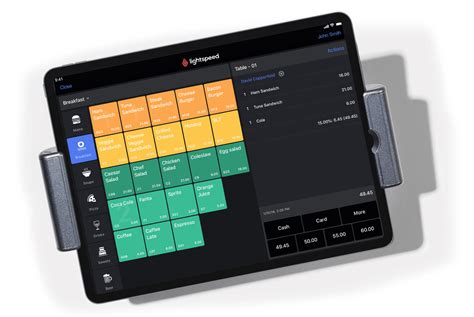
Lightspeed POS boasts an impressive array of features, including inventory management, sales tracking, and employee management. The system also offers integrated payment processing, allowing businesses to accept various payment methods, including credit cards, debit cards, and mobile payments. Additionally, Lightspeed POS provides advanced reporting and analytics, enabling business owners to gain valuable insights into their operations and make data-driven decisions.
Some of the key features of Lightspeed POS include:
- Inventory management: Lightspeed POS allows businesses to track inventory levels, monitor stock movements, and receive low-stock alerts.
- Sales tracking: The system provides real-time sales data, enabling businesses to monitor sales trends and identify areas for improvement.
- Employee management: Lightspeed POS offers employee management features, including time tracking, scheduling, and performance monitoring.
- Integrated payment processing: The system integrates with various payment processors, allowing businesses to accept multiple payment methods.
- Advanced reporting and analytics: Lightspeed POS provides detailed reports and analytics, enabling business owners to gain insights into their operations and make informed decisions.
Lightspeed Pos Benefits
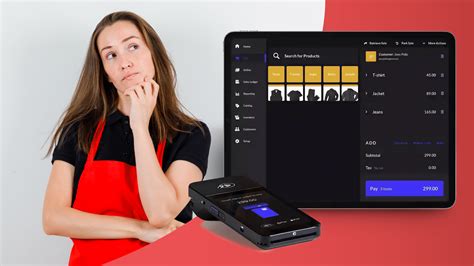
The benefits of using Lightspeed POS are numerous. One of the primary advantages is its ease of use. The system's intuitive interface makes it easy for employees to learn and navigate, reducing the risk of errors and increasing productivity. Additionally, Lightspeed POS is highly scalable, making it an ideal choice for businesses of all sizes.
Some of the key benefits of Lightspeed POS include:
- Increased efficiency: The system automates many tasks, freeing up staff to focus on customer service and sales.
- Improved accuracy: Lightspeed POS reduces the risk of errors, ensuring that transactions are processed accurately and efficiently.
- Enhanced customer experience: The system enables businesses to provide faster, more efficient service, improving the overall customer experience.
- Scalability: Lightspeed POS is designed to grow with your business, making it an ideal choice for entrepreneurs who anticipate expansion.
- Advanced reporting and analytics: The system provides valuable insights into sales trends and operational performance, enabling business owners to make informed decisions.
Lightspeed Pos Drawbacks
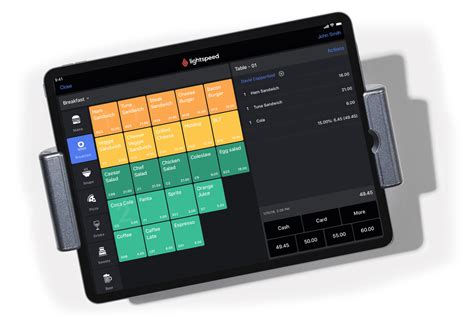
While Lightspeed POS is a powerful and feature-rich system, it is not without its drawbacks. One of the primary concerns is the cost. Lightspeed POS is a premium product, and its pricing reflects its advanced features and capabilities. Additionally, some users have reported issues with customer support, citing long wait times and unresponsive representatives.
Some of the key drawbacks of Lightspeed POS include:
- Cost: The system is relatively expensive, particularly for small businesses or entrepreneurs on a tight budget.
- Customer support: Some users have reported issues with customer support, citing long wait times and unresponsive representatives.
- Complexity: While Lightspeed POS is generally easy to use, its advanced features and capabilities can be overwhelming for some users.
- Integration issues: Some users have reported issues with integrating Lightspeed POS with other systems, such as accounting software or e-commerce platforms.
Lightspeed Pos Pricing
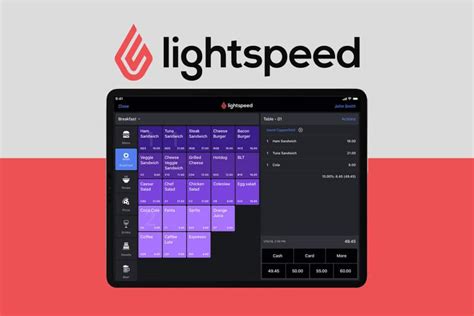
Lightspeed POS offers a range of pricing plans, each designed to cater to the needs of different businesses. The plans include:
- Retail: This plan is designed for retail businesses and includes features such as inventory management, sales tracking, and employee management. Pricing starts at $99 per month.
- Restaurant: This plan is designed for restaurant and hospitality businesses and includes features such as table management, order management, and kitchen display systems. Pricing starts at $119 per month.
- Enterprise: This plan is designed for large businesses and includes advanced features such as customized reporting, integrated payment processing, and dedicated support. Pricing is custom and requires a quote from Lightspeed POS.
Lightspeed Pos Alternatives
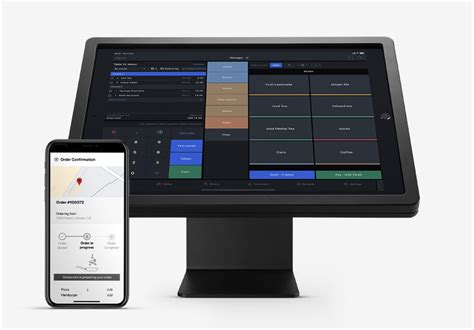
While Lightspeed POS is a powerful and feature-rich system, it may not be the best choice for every business. Some alternatives to consider include:
- Shopify POS: This system is designed for retail businesses and includes features such as inventory management, sales tracking, and employee management.
- Square POS: This system is designed for small businesses and includes features such as payment processing, inventory management, and sales tracking.
- Toast POS: This system is designed for restaurant and hospitality businesses and includes features such as table management, order management, and kitchen display systems.
Lightspeed Pos Integration
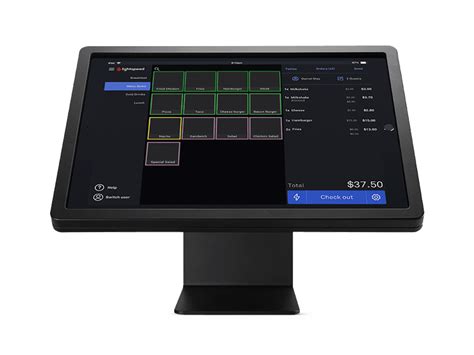
Lightspeed POS integrates with a range of third-party systems, including accounting software, e-commerce platforms, and payment processors. Some of the key integrations include:
- QuickBooks: Lightspeed POS integrates with QuickBooks, allowing businesses to streamline their accounting and financial management.
- Shopify: Lightspeed POS integrates with Shopify, enabling businesses to manage their e-commerce operations and brick-and-mortar stores from a single platform.
- PayPal: Lightspeed POS integrates with PayPal, allowing businesses to accept payments online and in-store.
Lightspeed Pos Security
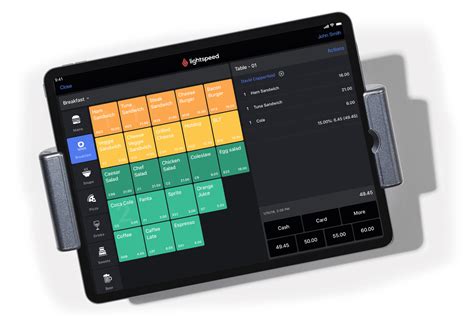
Lightspeed POS takes security seriously, implementing a range of measures to protect businesses and their customers. Some of the key security features include:
- Data encryption: Lightspeed POS encrypts all data, both in transit and at rest, to prevent unauthorized access.
- Two-factor authentication: The system requires two-factor authentication, adding an extra layer of security to prevent unauthorized access.
- Regular updates: Lightspeed POS regularly updates its software to ensure that businesses have the latest security patches and features.
Lightspeed Pos Customer Support

Lightspeed POS offers a range of customer support options, including phone, email, and live chat. The system also includes a comprehensive knowledge base and community forum, where businesses can find answers to common questions and connect with other users.
Some of the key customer support features include:
- Phone support: Lightspeed POS offers phone support, allowing businesses to speak directly with a representative.
- Email support: The system offers email support, enabling businesses to submit questions and issues via email.
- Live chat: Lightspeed POS offers live chat, allowing businesses to connect with a representative in real-time.
Lightspeed Pos Image Gallery
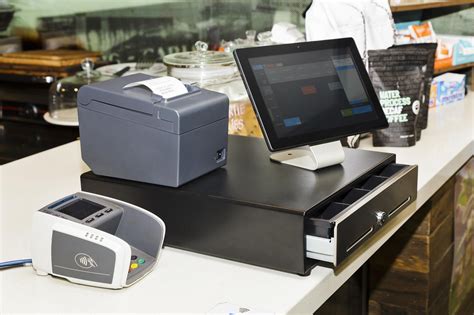
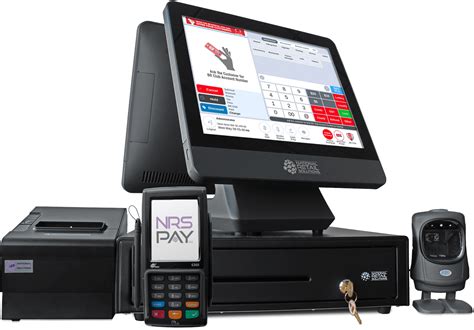
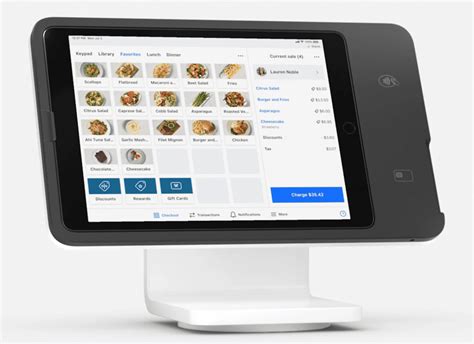


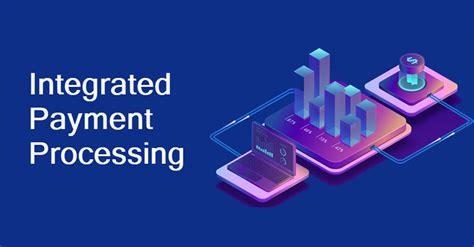
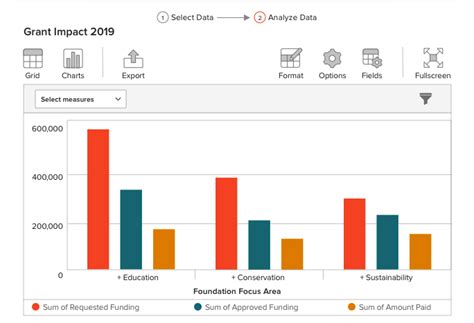
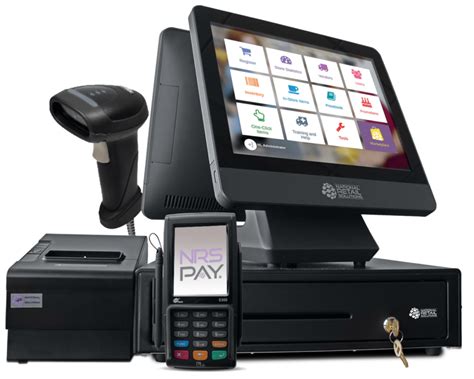
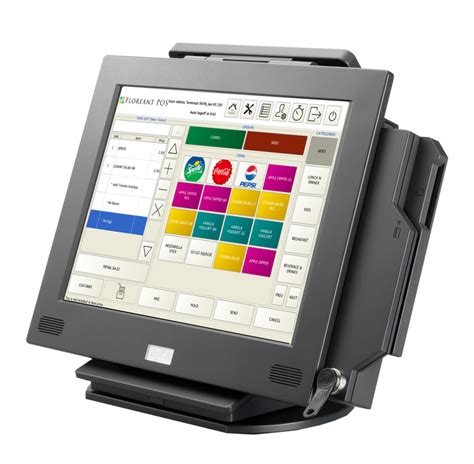
What is Lightspeed POS?
+Lightspeed POS is a cloud-based point-of-sale system designed for retail and restaurant businesses.
What are the key features of Lightspeed POS?
+The key features of Lightspeed POS include inventory management, sales tracking, employee management, integrated payment processing, and advanced reporting and analytics.
How much does Lightspeed POS cost?
+Lightspeed POS offers a range of pricing plans, starting at $99 per month for the Retail plan and $119 per month for the Restaurant plan.
Does Lightspeed POS integrate with other systems?
+Yes, Lightspeed POS integrates with a range of third-party systems, including accounting software, e-commerce platforms, and payment processors.
What kind of customer support does Lightspeed POS offer?
+Lightspeed POS offers a range of customer support options, including phone, email, and live chat, as well as a comprehensive knowledge base and community forum.
In conclusion, Lightspeed POS is a powerful and feature-rich point-of-sale system designed for retail and restaurant businesses. While it may have some drawbacks, such as cost and complexity, its benefits, including increased efficiency, improved accuracy, and enhanced customer experience, make it a compelling choice for businesses of all sizes. We invite you to share your thoughts and experiences with Lightspeed POS in the comments below, and to explore the system further to determine if it is the right fit for your business.
